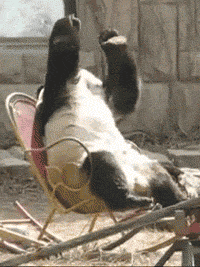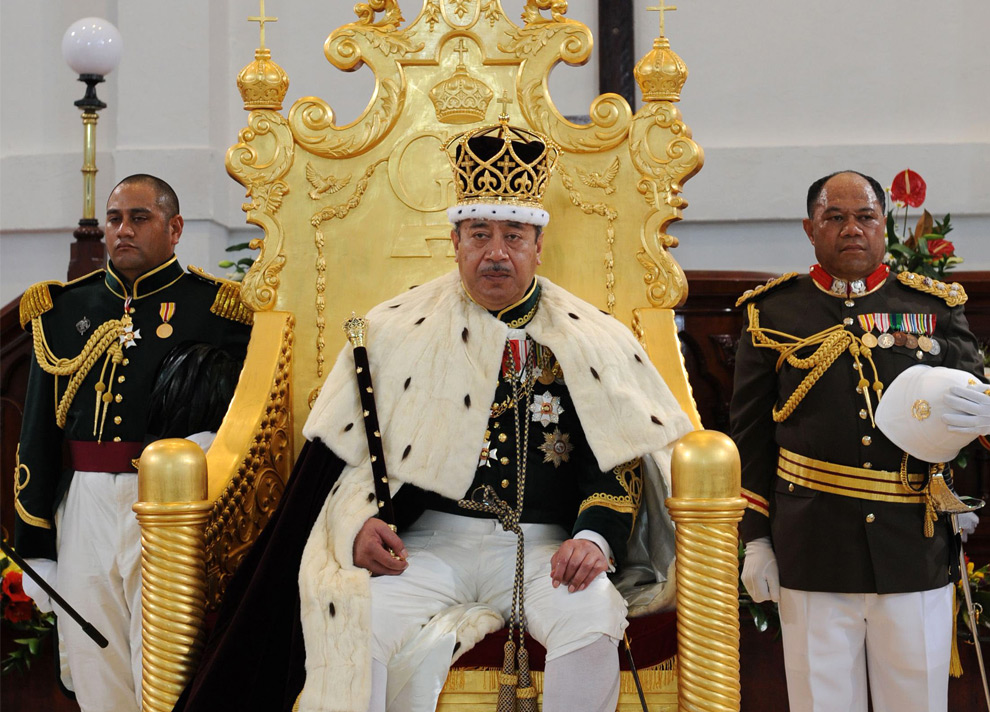So...I survived my Māori final exam last Wednesday. Despite having studied for the past few weeks, I was worried it would go a little like this:
 |
| Upon first seeing the test |
 |
| Attempting to remember all the grammar patterns we learned... plus a few we never explicitly learned |
 |
| Reflecting on the test afterward. |
For now, though, our Field Methods class has started off with a bang: we're working with two recent college grads who are native speakers of Tongan, which is a thriving language spoken by upwards of 200,000 people. This is a stark difference from Māori, which is still struggling to rebuild its native speaker population after so many years of linguistic/cultural oppression. One more fun fact: for some reason the king of Tonga currently lives in Auckland, but we have yet to invite him to join our field work sessions. We would probably have to pay him extra for the hassle.
 |
| King Tupou VI, in all his glory. Maybe he can be the next Pope, with the way he's rocking that hat. |
Māori r = Tongan l (toru = tolu = 'three')
Māori w = Tongan v or u (wai = vai = 'water', waea = uaea = 'wire')
As a sidenote, some of the exceptions are pretty cool (rima = nima = 'five/hand', since hands have five fingers). But I digress, as usual.
One thing we're still getting used to is the Tongan sound ', which represents a glottal stop...difficult for English speakers to pronounce word-initially. Try saying the word 'butter' a few times with the cheesiest Cockney accent you can muster, and feel what your throat muscles are doing in the middle of that word. Now try putting that glottal stop at the beginning of a word like ʻanga ('shark'). It's not easy!
So yeah, we're still struggling to pronounce things. But fortunately from the grammar perspective, a lot of the same building blocks we picked up in Māori 101 tend to fall right into place where we expect them in Tongan. This was a big help when we've had to struggle our way through a transcription of 'The Pear Story', which is basically a wordless video meant to encourage storytelling.
But then again...we still haven't fully figured out why the focus particle ko, rather easy to define and use in Māori, is more fluid and resistant to grammatical categorization in Tongan. Or why some sentences include multiple references to the subject pronoun. Or why some verbs mark transitivity with the suffix 'i (e.g. maumau'i = 'to break something', derived from maumau = 'to break) while others use the prefix faka (faka'osi = 'to finish something', 'osi = 'to be finished')...while others employ another strategy entirely. If we had another month or so, we might be able to pin down the details, but for now we're doing the best we can by cobbling together ideas from our knowledge of Māori grammar and our professor's often erroneous guesses (he didn't take Māori with us, leading to some amusing information gaps).
One more cool thing about Tongan before I sign off to be "productive": the definitive accent! In English and Māori, to distinguish between a noun that is definite and one that's indefinite, you just use different articles:
he wahine = 'a woman'
te wahine = 'the woman'
Simple, right? In Tongan, you still stick on an article...but you also change the pronunciation of the word itself! Check this out:
ha ika = 'a fish'
he iká = 'the fish'
In the first word ika, the stress (as it usually does) falls on the second-to-last syllable. In the second word iká, the stress ends up on the last syllable, thus lengthening the vowel and confusing us when we were still struggling to differentiate long vowels from short ones. Anyhow, this might seem pretty dull to you, but I think it's pretty crazy. Hence why I'm writing my final paper on the topic. Yet as I learn more about it, I can't help but think:
Oh well. One more (short) week of elicitation with our ever-patient consultants, then we'll be in the home stretch. Wish us luck!
















